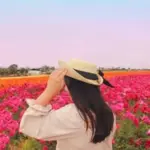Otsukimi – お月見(おつきみ) – moon viewing is one of Japanese culture on Jugoya – 十五夜(じゅうごや).
The date for Jugoya changes every year, and it is decided based on lunar year and the phases of the moon, so that it is not always on the day of full moon.
It is 10/1 in 2020 but full moon is on 10/2. It will be the day of full moon in 2021-2023.
History of Otsukimi
Many years ago, high-class people enjoyed looking at moon and drinking sake, and it expanded to normal people in Edo era.
They showed their appreciation for harvest in this year, and wished rich harvest in next year.
What to prepare?
We prepare some stuff for the moon.
Susuki
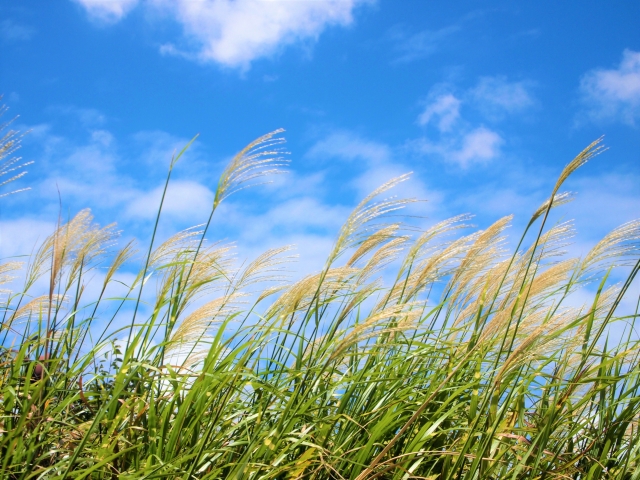
We get Susuki (Japanese pampas grass) which is believed to have a power as an amulet. We put it for wishing our health.
Tsukimi dango
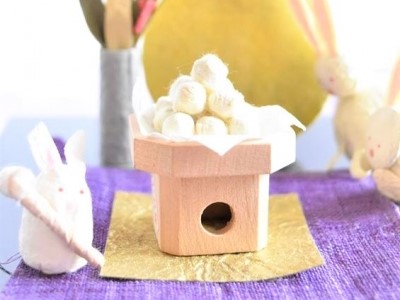
And we prepare Odango. Usually, you piles up 15 pieces of odango like a pyramid.
Or 12 pieces due to there are 12 times for full moon in a year, and 13 pieces in leap year.
* “o”dango is same meaning of dango, just the way to say it politely.
Some fruits or new harvest
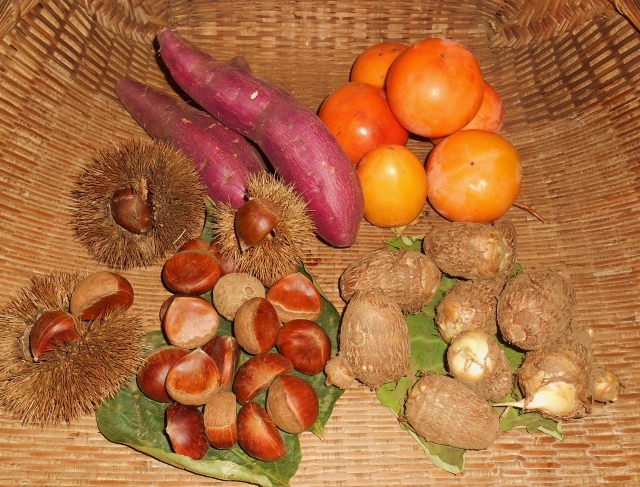
We also put seasonally fruits and harvest like Japanese pear, grapes, sweet potato, taro, persimmon, chestnut, and so on.
Otsukimi dorobou – thief on moon viewing day
Otsukimi dango, seasonally fruits and harvest are for the moon.
So if it’s gone, it is supposed to be considered that the moon took it ( i know it is ridiculous 😏)
Still in some areas, kids can take Odango, fruits and harvest on behalf of the moon.
Rabbits in the moon
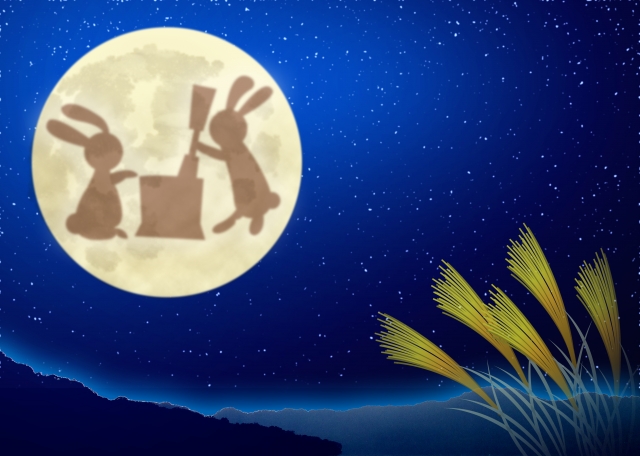
Many Japanese people think that there are rabbits in the moon, and two rabbits are making Mochi (rice cake).
This comes from the old story.
I remember that I prepared susuki, Odango, and some fruits for the moon when i was a kid.
In this season, you can find some Wagashi (Japanese sweets) at store for otsukimi festival, too. Hope you enjoy Otsukimi with your loved ones 🌙



